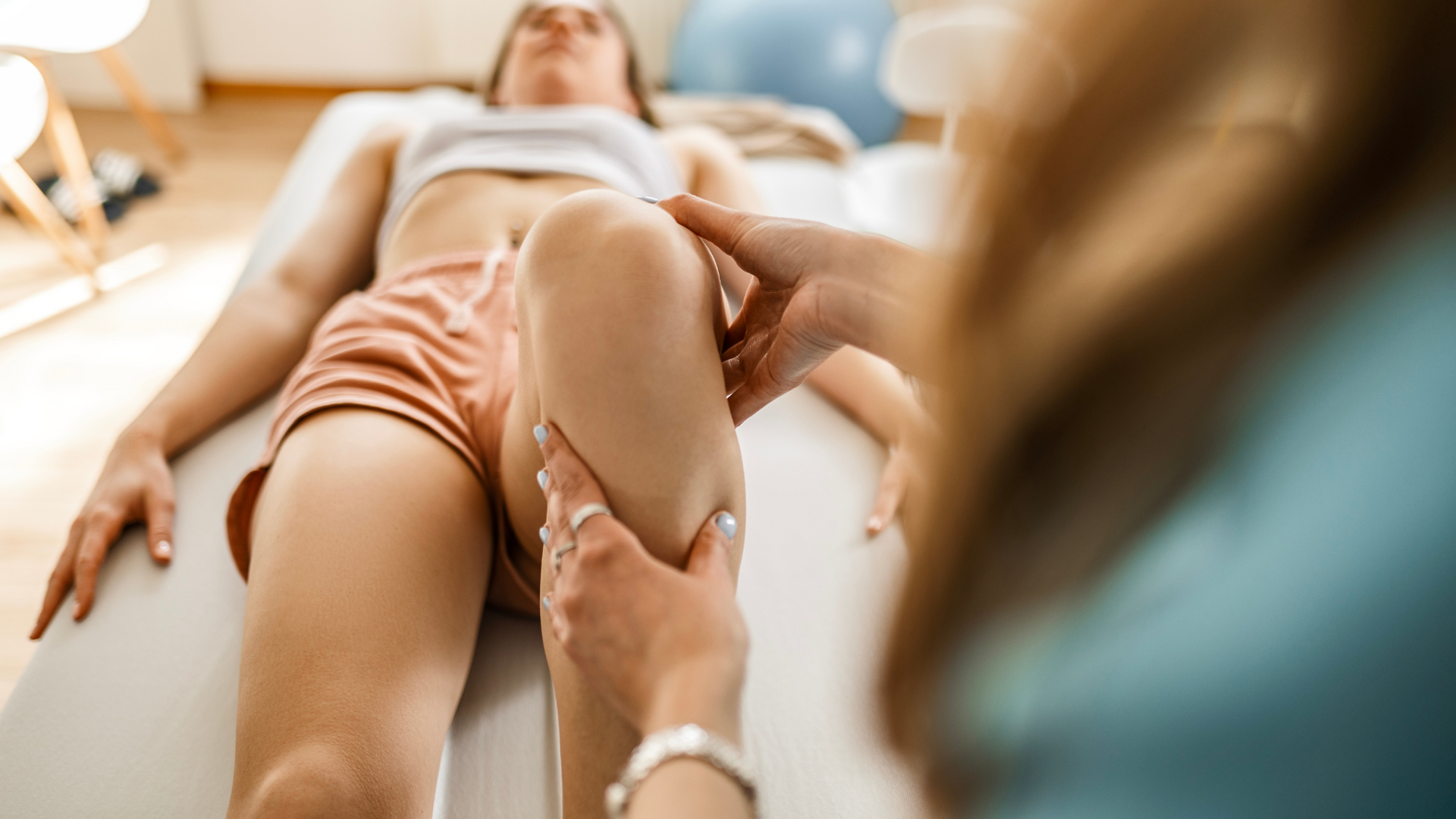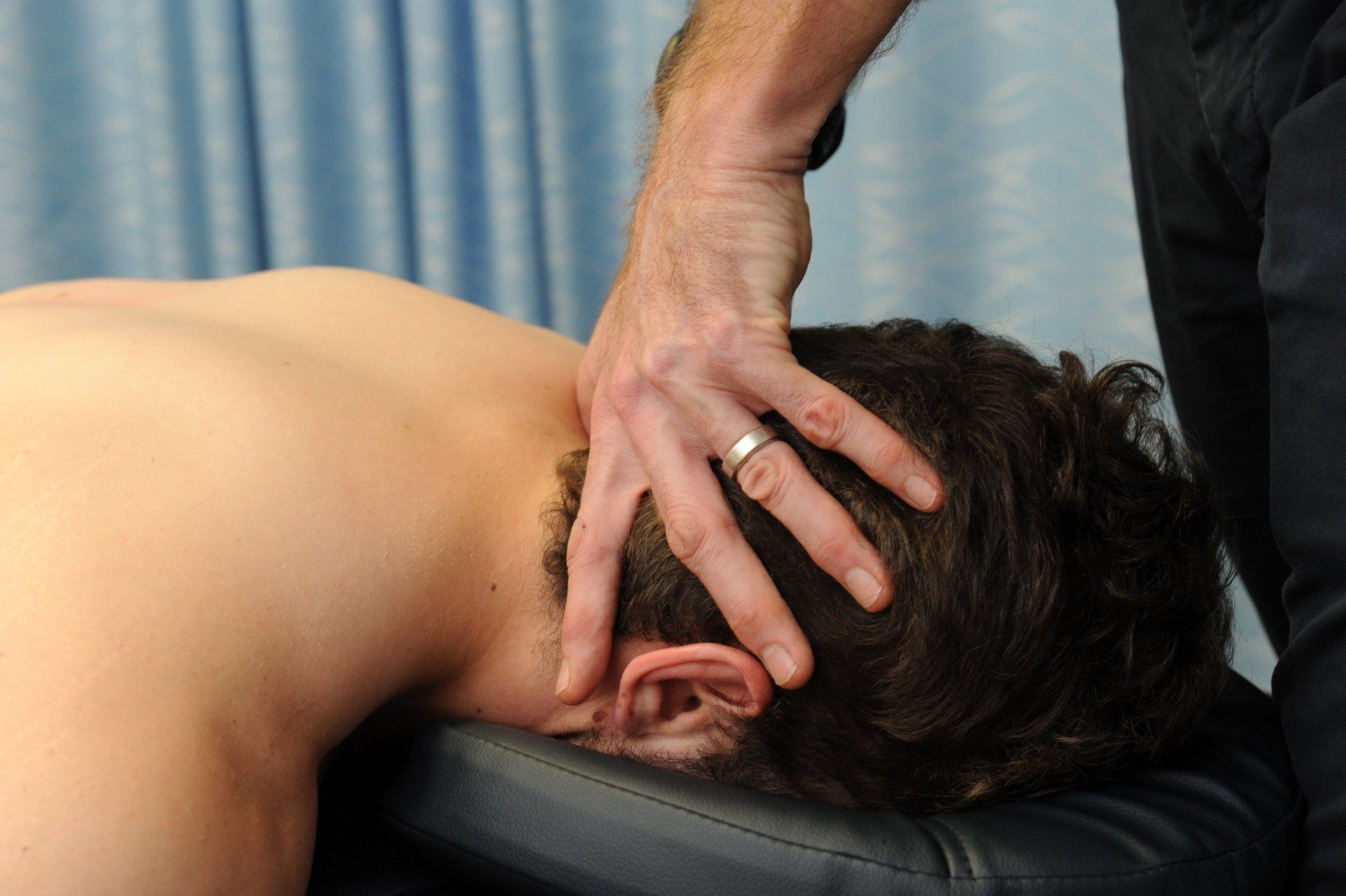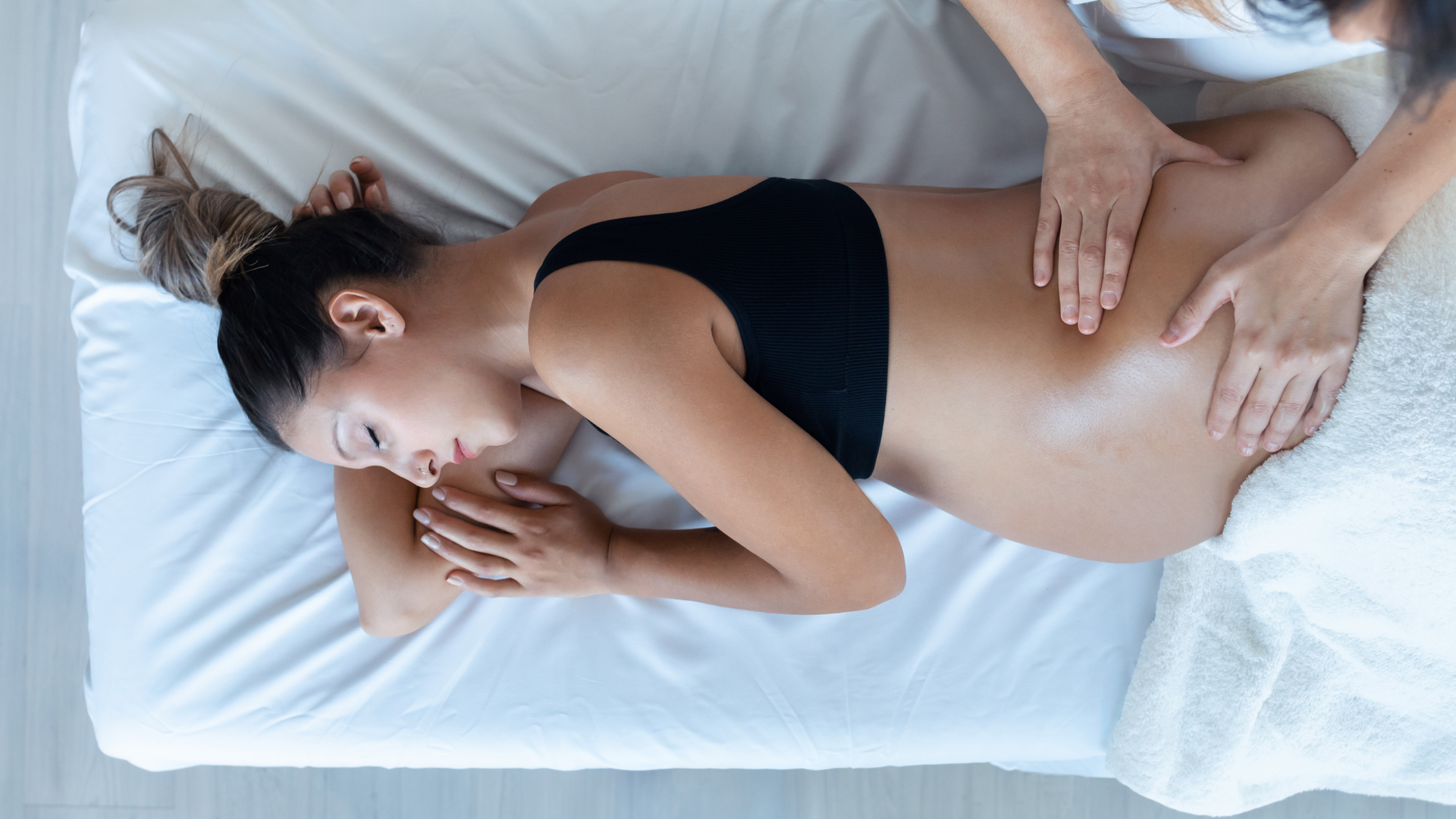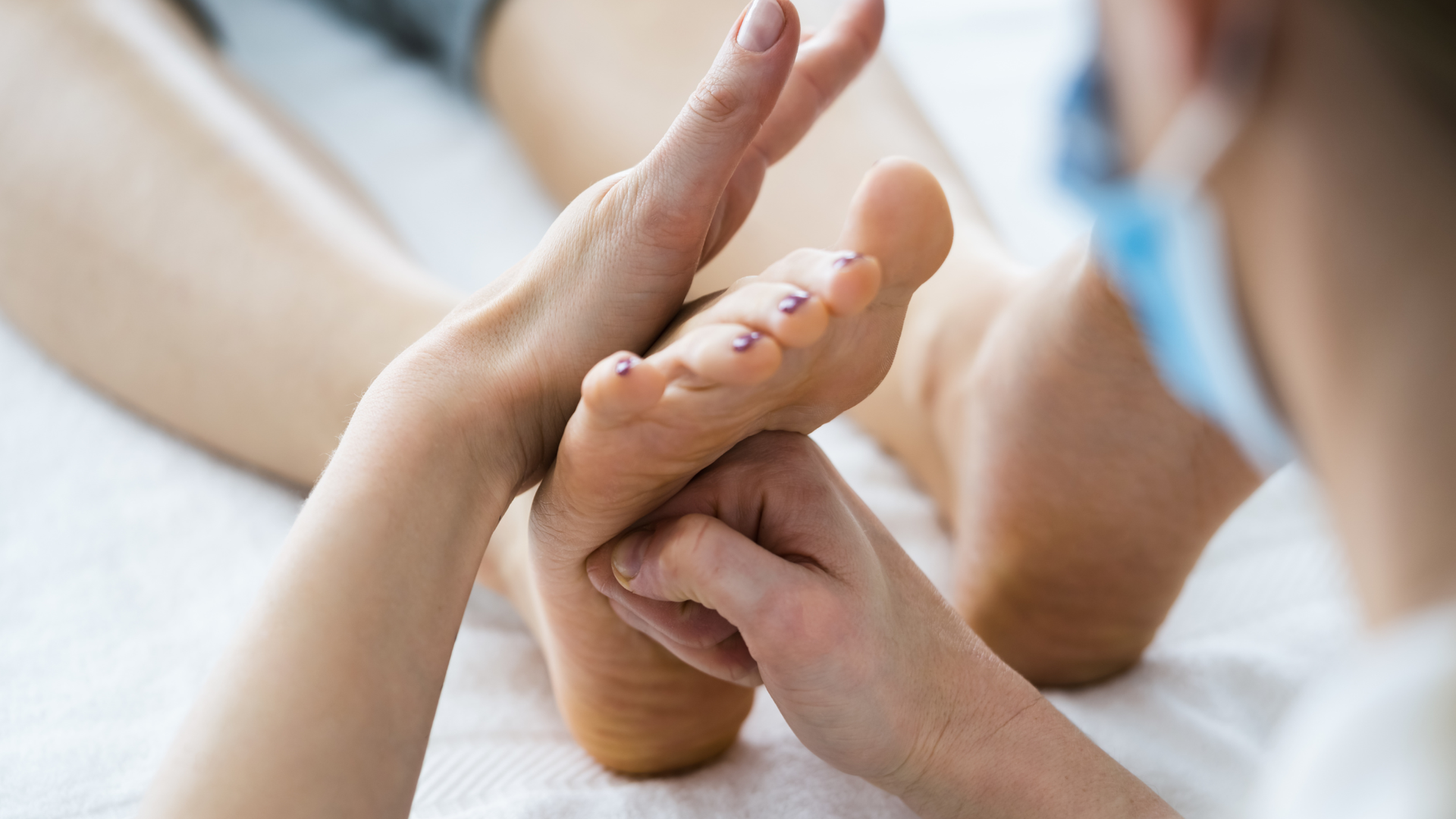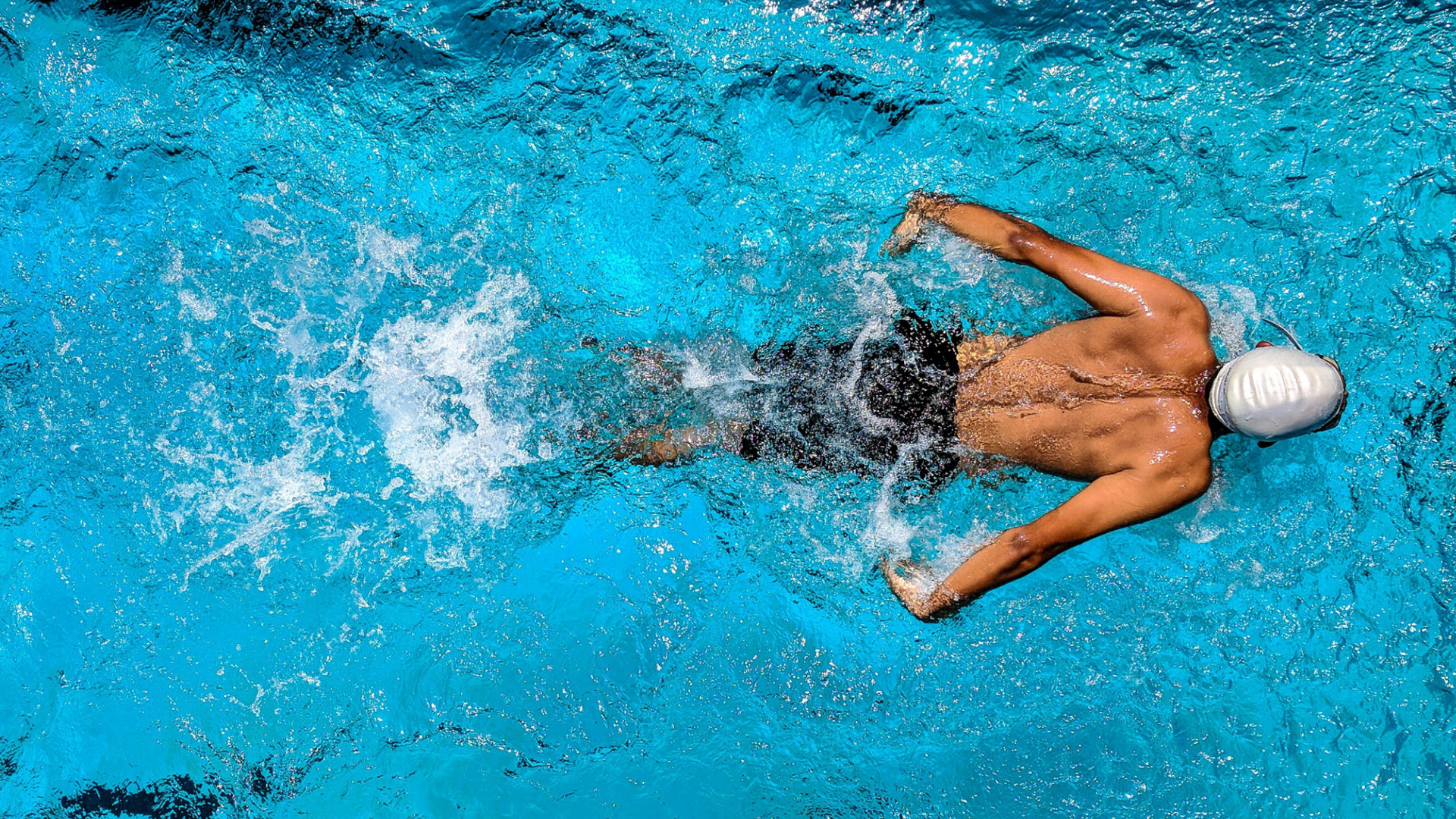The Hand - Gamekeeper's Thumb
Gamekeeper's thumb doesn't need to cause long term disability and pain.

The top end has an active recreational and sport shooting community and they can be at risk of some unexpected injuries.
Gamekeepers thumb is a chronic, overuse condition common in shooters that affects a ligament in the hand, resulting in pain and dysfunction of the thumb.
While poor technique can result in an acute injury, this is more common in other sports and occupations, particularly snow skiing (Skier’s thumb) and football codes (jersey thumb).
A little bit of anatomy.
The hand is a complex area, with plenty of small bones, ligaments, muscles, and tendons contributing to the high dexterity and functionality of the hand. To keep it simple, we have 2 rows of carpal bones in the wrist, metacarpals (long bones of the hand) and the phalanges (finger bones).
The point where the metacarpal and the phalanx meet is called the metacarpophalangeal joint (MCPJ for short). The first MCP joint has a ligament either side, called a collateral ligament, and it is the inside ligament, the ulnar collateral ligament, that is injured with Gamekeeper’s thumb.
Mechanism of Injury
When a gun is fired, the recoil of the weapon imparts an abduction force to the thumb carpometacarpal joint of the trigger hand. This force can disrupt fibres in the ulna collateral ligament, resulting in microscopic damage. Poor technique can exacerbate the force and increase fibre disruption.
Given adequate recovery time and protection, the ligament can heal. However, if exposed to repeat trauma without adequate healing time, micro trauma progresses, scar tissue infiltrates the ligament, and the overall capacity of the ligament to withstand the force of the recoiling weapon can be compromised. As a result, pain and dysfunction can develop, and in some circumstances, complete ligament rupture can occur from repeat exposure.
Early Assessment
We’re big advocates for early intervention, as it generally results in superior outcomes to a wait and see approach.
Gamekeeper’s thumb is no different. People who sustain this injury will present with localised pain and joint instability, particularly with simple tasks requiring pincer movements such as holding water bottles or preparing meals. If the injury has had an acute mechanism, then there may still be bruising, swelling and inflammation present.
Diagnosis of Gamekeeper’s thumb is relatively straight forward – history of activity exposure, mechanism of injury, palpation and some joint stress tests are usually enough to formulate a basic diagnosis. However, like many injuries, the devil is in the detail, and with Gamekeeper’s thumb there several important considerations including the degree of ligament damage, involvement of the volar plate, a Stenar lesion, or an avulsion fracture.
Do I need an Xray?
Yep. Xray remains a keystone of management. Ligaments join bone to bone, and it is not uncommon for a bone injury to occur at the same time, particularly in an acute presentation. The presence of a fracture will change management, so it is important to have the thumb x-rayed at a minimum, with consideration given to ultrasound and MRI in some circumstances.
Stener lesion
A Stenar lesion occurs when both the proper and accessory components of the ligament have been ruptured and the ligament retracts. This can be assessed clinically by checking joint thumb MCPJ stability in 30 degrees of flexion and in full extension and comparing stability with the uninjured side. If a Stenar lesion is suspected, healing of the ligament is unlikely and referral to a hand surgeon is indicated.
Non-surgical management and Return to Activity
If the ligament has been partially torn, and there are no other complications identified, management will involve immobilisation in a thumb spica splint that includes the wrist for a period of about a week followed by a thumb spica that allows movement of the distal thumb only for a further 6 weeks.
We like to use Donjoy Exos splints - they are lighter, easily modifiable, and more comfortable (and you can get them wet, an important consideration in the tropics!).
There is good evidence for early controlled active movement in the management of Gamekeeper’s thumb. We recommend physiotherapy commence at about the 4 week mark, however it is important to keep the splint on at all other times. After the 6 week mark, the splint can be reduced to high risk situations only, such as return to work or sport. Ongoing physiotherapy involves joint mobilisation and tendon gliding, with strengthening work from about the 8 week mark. Unrestricted activity is usually not permitted until about the 12 week mark.
In chronic presentations, assessment of sporting technique is an important consideration to ensure future risk of Gamekeeper’s thumb developing are mitigated.
Surgical Treatment
Referral to a hand surgeon is warranted in most cases for an opinion on best management. Surgery is still considered the gold standard in management of higher grade Gamekeeper’s thumb injuries.
Surgery is indicated where:
- Assessed joint stability is grossly unstable;
- A displaced avulsion fracture is identified, and/or
- A Stener lesion is suspected.
Ensuring these are suitably managed is essential for regaining normal thumb function and maintaining joint stability for the longer term.
Following surgery, management is similar to non-surgical management, albeit with some variations in time frames dependent on the surgeon’s protocols.
The Take Home
Gamekeeper’s thumb has a serious risk of disabling chronic instability if not treated adequately. It requires careful assessment and management to ensure function is returned to normal and potential complications are considered and managed. In most cases, referral to a specialist hand surgeon or sports physician for opinion is warranted. Importantly, function can be improved, and rehabilitation times reduced for Gamekeeper’s thumb through protective joint mobilisation and graded strengthening programs.
Have you injured your thumb or have thumb pain and disability from work or sport?
We can help. We're part of a well connected group of local health care providers including surgeons, doctors
and allied health care providers who love helping people get back to doing what they enjoy most.
Give us a call on 08 8945 3799 or book an appointment online.
Sources
- Bordet B, Borne J, Ponsot A, Chaillot PF, Fantino O (2022). Ultrasound of the Metacarpophalangeal Joint of the Thumb. In: Apard T, Brasseur JL. (eds) Ultrasonography for the Upper Limb Surgeon. Springer, Cham. https://doi.org/10.1007/978-3-030-84234-5_20
- Chang AL, Merkow DB, Bookman JS & Glickel SZ. (2023). Thumb Metacarpophalangeal Joint Ulnar Collateral Ligament Injuries: Management and Biomechanical Evaluation. Journal of the American Academy of Orthopaedic Surgeons, 31(1), 7-16.
- Fricker, R., & Hintermann, B. (1995). Skier’s thumb: Treatment, prevention and recommendations. Sports Medicine, 19, 73-79.
- Gibbs DB and Shin SS (2020). Return to Play in Athletes After Thumb Ulnar Collateral Ligament Repair With Suture Tape Augmentation. The Orthopaedic Journal of Sports Medicine, 8(7). DOI: 10.1177/2325967120935063
- Gil JA, Ebert K, Blanchard K, Goodman AD, Crisco JJ & Katarincic JA (2019). Efficacy of a radial-based thumb metacarpophalangeal-stabilizing orthosis for protecting the thumb metacarpophalangeal joint ulnar collateral ligament. Journal of Hand Therapy, 32(1), 80-85.
- Harley, B. J., Werner, F. W., & Green, J. K. (2004). A biomechanical modeling of injury, repair, and rehabilitation of ulnar collateral ligament injuries of the thumb. The Journal of hand surgery, 29(5), 915-920.
- Ingari, J., & Blum, G. (2010). Ulnar Collateral Ligament Injuries of the Thumb (Gamekeeper’s Thumb, Skier’s Thumb). Essential Orthopaedics, 345.
- Kukadia J and Ashwood N (2017) Gamekeepers Thumb. Trauma, 19(1) 11–20. DOI: 10.1177/1460408616648064
- Lark, M. E., Maroukis, B. L., & Chung, K. C. (2017). The Stener lesion: historical perspective and evolution of diagnostic criteria. Hand, 12(3), 283-289.
- Le Lardic, C (2019). Stiffness and pain of the thumb after sprain of the ulnar collateral ligament of the metacarpophalangeal (UCL).
- Madan SS, Pai DR, Kaur A and Dixit R (2014). Injury to Ulnar Collateral Ligament of Thumb. Orthopaedic Surgery, 6:1–7. DOI: 10.1111/os.12084
- Patel S, Potty A, Taylor EJ and Sorene ED (2010). Collateral ligament injuries of the metacarpophalangeal joint of the thumb: a treatment algorithm. Strategies in Trauma and Limb Reconstruction, 5:1–10. DOI 10.1007/s11751-010-0079-7
- Rocchi L, Merolli A, Morini A, Monteleone G and Foti C (2013). A modified spica-splint in postoperative early-motion management of skier's thumb lesion: a randomized clinical trial. European Journal of Physical and Rehabilitation Medicine, 50(1), 49-57.
